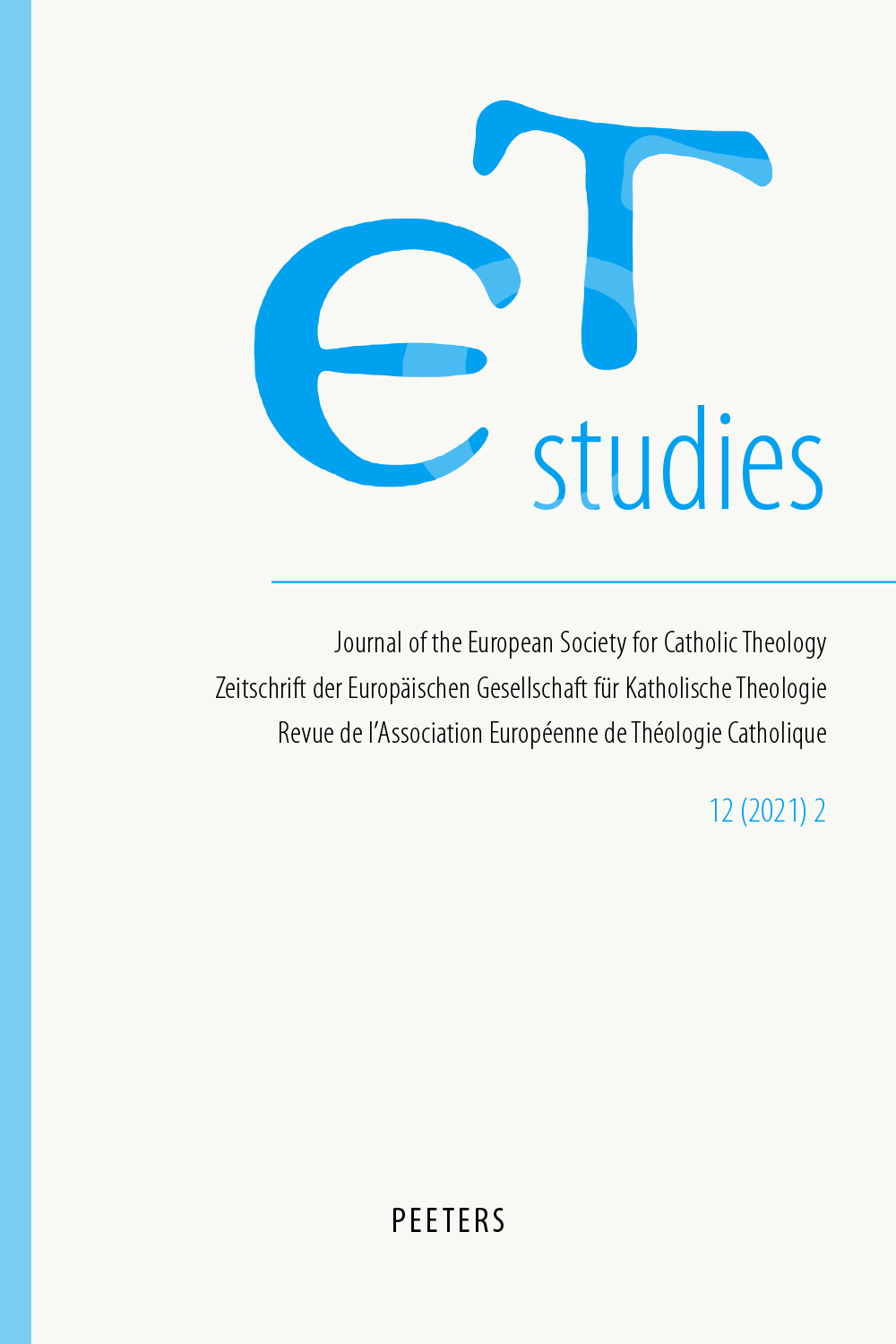 previous article in this issue previous article in this issue | next article in this issue  |

Preview first page |
Document Details : Title: Bildung von Flüchtlingen Subtitle: Interdisziplinäre Zusammenarbeit zwischen Praktischer Theologie und Sozialer Arbeit Author(s): RIEGGER, Manfred Journal: ET-Studies Volume: 8 Issue: 1 Date: 2017 Pages: 139-159 DOI: 10.2143/ETS.8.1.3206576 Abstract : Anstoß für die Überlegungen waren die Flüchtlingsthematik im Allgemeinen und der Wunsch von Papst Franziskus nach einer armen Kirche für die Armen. Weil es die wissenschaftliche Disziplin Soziale Arbeit inter- und transdisziplinär häufig zuerst mit Armen und Armut zu tun bekommt, wird ein Gespräch zwischen Praktischer Theologie und Sozialer Arbeit als hilfreich erachtet, um einen Baustein für eine Theologie mit der Option für die Armen zu entwickeln. Auf der Grundlage einer wechselseitigen Dialogizität werden religiöse Bildungsprozesse als kommunikatives Symbolhandeln verstanden, um die notwendige Bildung von Flüchtlingen voran zu treiben (1.). Auf der Basis offengelegter Strukturähnlichkeiten zwischen beiden Disziplinen (2.) wird die Komplexität der Problemlagen dadurch reduziert, dass Konkretisierungen für die Bildungsarbeit mit Flüchtlingen als Perspektiven für den Umgang mit christlichen Flüchtlingen erfolgen, und zwar in konzeptioneller Hinsicht (3.1), als Grundlegungen für den Lernort katholischer Religionsunterricht zum Thema Vaterunser (3.2) und als beispielhafte Verdeutlichung von Zugangs- und Aneignungsweisen (3.3). The impetus for the following reflections was the general problem of migration and the demand of Pope Francis that the church should be a poor church for the poor. A dialogue between Practical Theology and Social Work is regarded as helpful for developing an element for such a theology with an option for the poor. The reason for this is that the academic discipline Social Work has mainly to do with the poor and with poverty in an inter- and transdisciplinary way. On the basis of reciprocal dialogue between the two disciplines religious education is understood as communicative symbolic action aiming at the necessary education of refugees (1.). Having explained structural similarities between both disciplines (2.), the complexity of the problems with the education of refugees in general is reduced by talking about concrete education programmes for Christian refugees. While doing so, I present central concepts (3.1), some basic elements for religious learning about the theme of the Lord’s Prayer (3.2) and exemplary illustrations for approaches and appropriations of it (3.3). Le problème général des migrations et la demande du pape François que l’Église soit une Église pauvre pour les pauvres ont motivé les réflexions qui suivent. Un dialogue entre la théologie pratique et le travail social est considéré comme utile pour l’élaboration d’une théologie qui comporte une option pour les pauvres. La raison en est que la discipline académique du travail social a principalement à faire avec les pauvres et la pauvreté d’une manière inter- et transdisciplinaire. Sur la base d’un dialogue entre les deux disciplines, l’éducation religieuse se comprend comme une action symbolique de communication visant à la nécessaire éducation des réfugiés (1.). Une fois expliquées les similitudes structurelles entre les deux disciplines (2.), la complexité des problèmes de l’éducation des réfugiés en général est diminuée par le fait de parler de programmes d’éducation concrets pour des réfugiés chrétiens. Ce faisant, je présente des concepts centraux (3.1), des éléments fondamentaux pour l’enseignement religieux sur le thème du Notre Père (3.2) et des exemples illustrant la manière de l’approcher et de se l’approprier (3.3). |
 |


